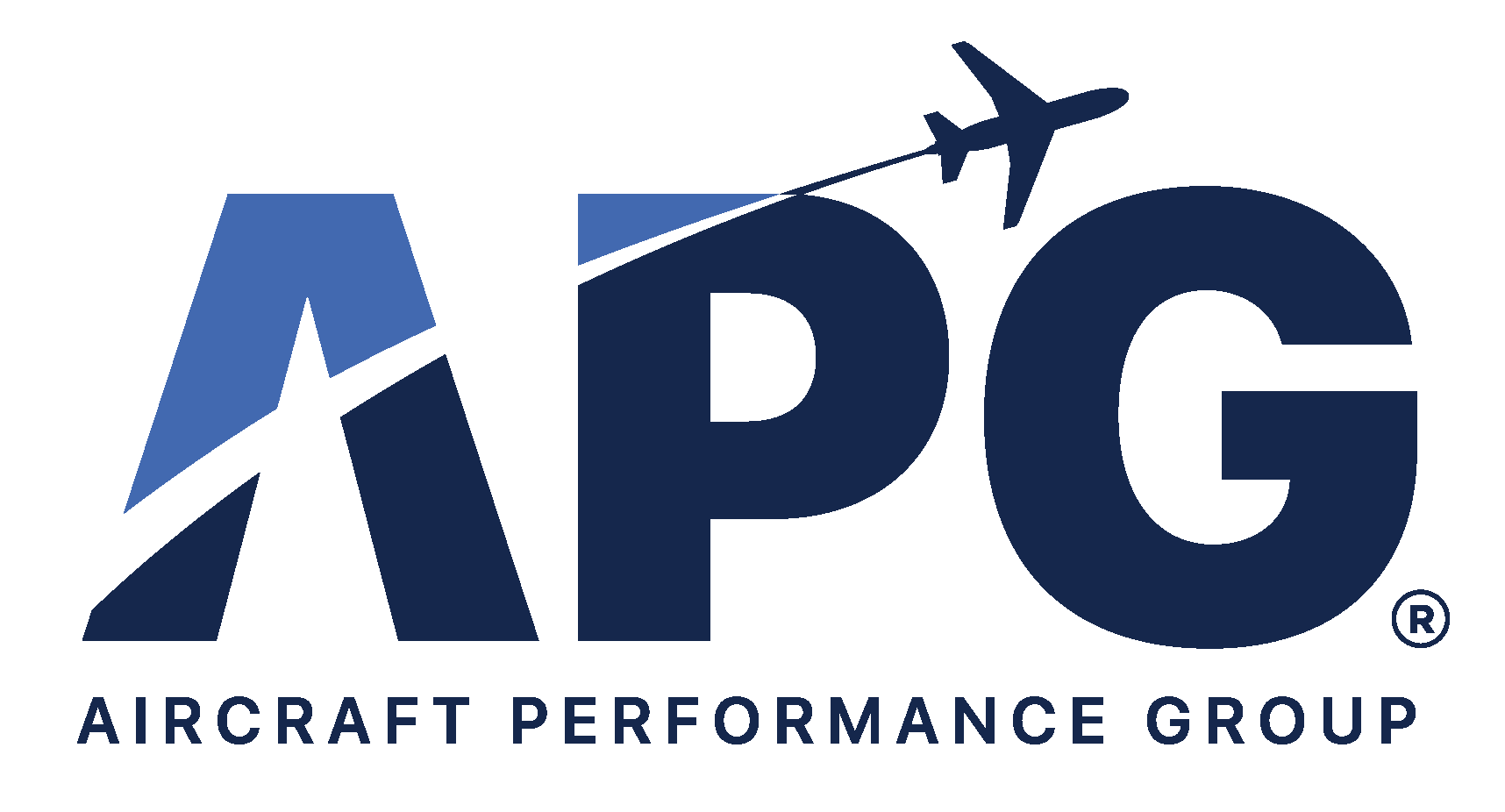How to Read and Decode a METAR Report: A Visual Guide for Pilots

Every flight begins with preparation, and at the core of that preparation is a thorough understanding of the current and forecasted weather. For pilots, one of the most crucial sources of real-time weather data is the METAR report. These coded messages, often seen as complex or cryptic by new pilots, are structured summaries of weather observations taken at airports around the world. Understanding how to decode METARs not only enhances safety and situational awareness but also helps streamline the decision-making process during preflight planning.
This guide will demystify the METAR, walk through the format in detail, and explain its practical applications. We’ll also include visual suggestions, tools for access, and context that can elevate this knowledge from rote memorization to operational fluency.
What is a METAR Report?
METAR is short for Meteorological Aerodrome Report. These reports are generated routinely, typically once per hour, to provide the latest weather conditions observed at an airport. In the case of significant weather changes, a "SPECI" (special METAR) may be issued outside the normal hourly schedule. These reports are used by pilots, dispatchers, air traffic controllers, and flight operations personnel worldwide.
A METAR typically includes a wide range of weather information such as:
- Wind direction and speed, including gusts
- Visibility, measured in statute miles
- Present weather phenomena such as rain, thunderstorms, snow, or fog
- Cloud cover and ceiling, including the height of cloud bases
- Temperature and dew point
- Altimeter setting, which helps calibrate an aircraft's altimeter
- Remarks, including additional or automated observation data
Standardization is key to the METAR’s usefulness. No matter where you fly, the METAR format is governed by ICAO regulations, making the reports universally interpretable.
Anatomy of a METAR: Breaking It Down
Let’s start by looking at a sample METAR. Then, instead of breaking it down mechanically line-by-line, we’ll explore how each element contributes to real-world decisions.
Sample METAR: METAR KAPA 121853Z 16005KT 10SM FEW060 OVC100 27/M04 A2988 RMK AO2 SLP048 T02671039
- Report Type: METAR – Standard hourly weather report. SPECI would indicate a special report due to rapidly changing conditions.
- Station Identifier: KAPA – ICAO code for Centennial Airport, Colorado.
- Date/Time: 121853Z – Report issued on the 12th day of the month at 1853 Zulu (UTC)
- Wind: 16005KT – Wind from 160 degrees at 5 knots.
- Visibility: 10SM – 10 statute miles of visibility.
- Sky Condition: FEW060 OVC100 – Few clouds at 6,000 feet AGL and overcast clouds at 10,000 feet
- Temperature/Dew Point: 27/M04 – Temperature is 27°C, dew point is -4°C. T02671039 – More precise temperature is 7°C, and dew point is 3.9°C.
- Altimeter: A2988 – Pressure (altimeter setting) is 29.88 inches mercury (inHg).
- Remarks: RMK AO2 SLP048 T02671039 – RMK AO2 indicates an automated station with a precipitation sensor. SLP048 means sea-level pressure is 1004.8 mb.
Each section of the METAR is structured to be both compact and information-dense, which is why decoding the report correctly is essential.
Example of a METAR in APG's Genesis PRO Performance
Understanding the Context Behind Each Section
A deep understanding of each METAR component provides richer situational awareness. For instance, wind direction and speed can help you calculate crosswind components, which may influence runway selection or even go/no-go decisions. Wind gusts may be manageable in a larger jet but pose control challenges for smaller general aviation aircraft.
Visibility, expressed in statute miles, determines whether VFR (Visual Flight Rules) are permissible. When combined with cloud coverage data, this gives a full picture of flight visibility. An entry like OVC005 (overcast at 500 feet) would immediately indicate IFR conditions, prompting planning for instrument approaches.
The temperature and dew point spread is critical for anticipating fog formation. When the two values are close, particularly in the early morning hours, pilots should expect a high likelihood of mist or fog impacting visibility.
Common Abbreviations in METARs
The codes used in METARs follow a standardized set of abbreviations for weather phenomena. Here they are broken down by descriptor:
METAR Weather Descriptions
Intensity
- Light
- Moderate
- Heavy
Proximity
- VC: In the vicinity (5–10 statute miles from the station)
Descriptors
- MI: Shallow
- PR: Partial
- BC: Patches
- DR: Low drifting
- BL: Blowing
- SH: Showers
- TS: Thunderstorm
- FZ: Freezing
Precipitation
- DZ: Drizzle
- RA: Rain
- SN: Snow
- SG: Snow grains
- IC: Ice crystals
- PL: Ice pellets
- GR: Hail
- GS: Small hail and/or snow pellets
- UP: Unknown precipitation
Obscuration
- BR: Mist
- FG: Fog
- FU: Smoke
- VA: Volcanic ash
- DU: Widespread dust
- SA: Sand
- HZ: Haze
- PY: Spray
Other
- PO: Well-developed dust/sand whirls
- SQ: Squalls
- FC: Funnel cloud (tornado or waterspout)
- SS: Sandstorm
- DS: Duststorm
Time Indicators
- B: Began at time
- E: Ended at time
- 2 digits: Minutes past the hour
- 4 digits: Hour and minutes in Zulu time (UTC
In addition to weather, cloud types and coverage use terms such as:
- FEW: Few clouds (1-2 oktas)
- SCT: Scattered (3-4 oktas)
- BKN: Broken (5-7 oktas)
- OVC: Overcast (8 oktas)
- VV: Vertical visibility (used when sky is obscured)

Source: Think Aviation
Real-World Application of METARs in Flight Planning
Now that we can read and understand METARs, how do we apply this data to preflight planning? Let’s explore a few examples:
1. Route Planning
Say you're flying VFR from Denver to Colorado Springs. The METAR at COS shows BKN008 and 3SM visibility. That alone might indicate marginal VFR or IFR conditions, triggering the need to evaluate alternative departure times or select an alternate destination.
2. Crosswind and Runway Considerations
If winds at your departure airport are 23015G28KT and the available runway is oriented 180/360, you may face significant crosswind components. In these situations, METAR wind data allows you to calculate crosswind and compare it against your aircraft's maximum demonstrated crosswind limits.
3. Temperature and Performance
If the METAR reports a temperature of 35°C and your airport sits at a field elevation of 5,000 feet MSL, you’re operating in high-density altitude conditions. This will impact takeoff roll, climb performance, and even weight-and-balance considerations.
Accessing METARs: Tools, Apps, and Integration
Staying updated with METARs has never been easier, thanks to a wide range of accessible tools:
Websites
- NOAA Aviation Weather Center: The most authoritative source, updated frequently.
- SkyVector: Combines sectional charts with real-time METAR overlays.
- Aviation Weather Center: A free, online METAR website ideal for student pilots.
Mobile Apps
- Genesis PRO Performance: APG’s next-generation aircraft performance solution, offering comprehensive, live METAR and weather data.
- FlyQ+ EFB: For general aviation pilots, an easy-to-use EFB with intuitive weather tools and METAR visuals.
EFB Integration
Most modern EFBs automatically pull the latest METAR data during route planning. When reviewing your intended flight path, these platforms often overlay METARs as color-coded icons (green = VFR, red = IFR), which help with at-a-glance evaluations.
Final Tips for METAR Proficiency
Becoming proficient at interpreting METARs is less about memorizing codes and more about consistent practice and application. Here are some closing tips:
- Check timestamps: METARs can be over an hour old; always confirm the issuance time.
- Combine with TAFs: METARs are observations; TAFs offer forecasts. Use them together.
- Create scenarios: Practice decoding METARs from different airports and evaluating what decisions you would make.
- Use visual tools: EFBs can display historical METAR trends to help identify deteriorating weather.
Conclusion
A well-decoded METAR is more than just a report—it's a snapshot of the atmosphere surrounding your departure, en route, and arrival airports. Mastery of this tool equips pilots with vital information to ensure safe, legal, and efficient flights. From crosswind calculations to cloud ceilings, a METAR tells a story. All it requires is your ability to read it.



